Pink Street located just a few minutes walk from Cais do Sodre on R. Nova do Carvalho
|
Pink Street in Lisbon is one of the most vibrant and colorful places to visit in Portugal. Located in the heart of Lisbon, this street is known for its unique pink aesthetic and Instagram-worthy spot for selfies.
**This post may contain affiliate links. When you purchase from my links, I receive a small commission at no extra cost to you. It helps to keep this blog running and it very much appreciated.**
Pink Street in Lisbon is a vibrant and colorful street that has become a popular tourist destination. It is the perfect place to take selfies, shop, and explore the local culture.
The street is lined with cafes, restaurants, bars, and shops that offer a variety of things to do. Visitors can enjoy traditional Portuguese cuisine or simply people watch. There are also plenty of opportunities for taking amazing selfies with the bright pink backdrop of the street.
Whether you're looking for a fun night out or just want to explore the local culture, Pink Street in Lisbon should definitely be on your list of places to visit!
Pink Street located just a few minutes walk from Cais do Sodre on R. Nova do Carvalho
Stay Connected While In Lisbon with Airalo!
0 Comments
In Lisbon, Portugal, there is an oceanarium called the Lisbon Oceanarium, Europe's largest indoor aquarium. One of the top Aquariums in the world, it is situated in Lisbon's Parque das Nações district neighborhood and served as the Expo '98 exposition space.
**This post may contain affiliate links. I receive a small amount of compensation when you purchase from my links which help to keep this blog running.**
Check out my video, set to soothing music, of the penguins.
Or if you prefer, check out my slideshow.
Visit the Lisbon Oceanarium today!
Powered by GetYourGuide
Recommended Posts
One of Lisbon's greatest attractions is the Bica Funicular (Ascensor da Bica). It's the most photographed funicular in Lisbon, due to the dramatic contrast between the steep route and the Tagus River in the background.
**This post contains affiliate links. When you purchase from my links, I receive a small commission at no extra cost to you. It helps to keep this blog running and it very much appreciated.**
It is one of the three funiculars in Lisbon, Portugal, and it's a popular tourist attraction.
The Bica Funicular is located in the Bica neighborhood, a historic and picturesque area known for its narrow streets and colorful houses. Riding the Bica Funicular is a great way to experience the charm of this neighborhood while enjoying a unique mode of transportation.
Here are some details and tips for riding the Bica Funicular:
The Bica Funicular was originally built in 1892 to help residents navigate the steep slope between Rua de São Paulo and Calçada do Combro. Today, it primarily serves as a tourist attraction. Route: The funicular runs on a short track, approximately 245 meters long, between Rua de São Paulo and Largo do Calhariz. It passes through narrow streets and offers scenic views of the neighborhood. Hours of operation: The Bica Funicular operates from early morning until late evening. The exact schedule may vary, but it generally runs from around 7:00 a.m. to 9:00 p.m. It's advisable to check the current operating hours to plan your visit accordingly. Ticket information: To ride the Bica Funicular, you need a valid public transportation ticket, such as the Viva Viagem card, Lisboa Card, or the individual ticket purchased at the tram stop. You can buy the ticket before boarding or from the driver. Frequency: The Bica Funicular operates at regular intervals throughout the day. The waiting time between rides is usually short, so you won't have to wait for long. Exploring the Bica neighborhood: Once you reach Largo do Calhariz at the top of the funicular, you'll find yourself in the heart of the Bica neighborhood. Take some time to explore the area's charming streets, visit local cafes, and soak in the atmosphere of this historic Lisbon neighborhood.
Riding the Bica Funicular provides a unique experience and a glimpse into Lisbon's architectural and cultural heritage. Enjoy the ride and the beautiful surroundings!
**This post contains affiliate links. When you purchase from my links, I receive a small commission at no extra cost to you. It helps to keep this blog running and it very much appreciated.** Step aboard these charming wonders and embark on a journey through time. Lisbon's trams are not just a mode of transportation; they are an integral part of the city's identity, weaving through its narrow streets and enchanting residents and visitors alike. Planning a Trip to Lisbon? Stay Connected with Airalo! The history of Lisbon's trams dates back to the late 19th century when the city faced the challenge of connecting its hilly neighborhoods efficiently. In 1873, the first horse-drawn tram made its debut, clattering along the cobblestone streets. However, the need for a more modern and efficient system became apparent, leading to the introduction of electric trams in the 20th century. One of the most iconic tram lines in Lisbon is Tram 28. It travels through the picturesque districts, offering passengers a panoramic tour of the city's historic landmarks. As you hop aboard, be prepared for a rollercoaster-like experience as the tram navigates tight turns, narrow streets, and steep inclines. It's not unusual to find yourself holding on tightly and feeling a burst of adrenaline as the tram rumbles along. Another notable tram line is Tram 15. This line takes you on a scenic route to the charming neighborhood of Belém, where you can visit the iconic Belém Tower, the Jerónimos Monastery, and indulge in delicious traditional custard tarts called Pastel de Nata. Lisbon's trams have become beloved symbols of the city, capturing the hearts of locals and tourists alike. Their colorful exteriors and vintage charm evoke a sense of nostalgia, transporting you to a bygone era. So, next time you find yourself in Lisbon, don't miss the opportunity to hop aboard one of these delightful trams. Immerse yourself in the city's rich history, marvel at its stunning architecture, and soak in the vibrant atmosphere. Lisbon's trams offer not just a ride but an unforgettable experience through the charming streets of Lisbon! Recommended Posts (Click on the photo to be taken to the blog post)
Step back in time and picture yourself riding in a luxurious carriage with beautiful wheels and ornate decor at the National Coach Museum in Belém in the district of Lisbon. Located in Belém, near the Tagus River and the National Palace (the official residence of the President of the Republic), the National Coach Museum is undoubtedly one of the best places to visit in this tourist area of Lisbon! When Queen Amélie of Orléans and Bragança (wife of Carlos I of Portugal) realized the great cultural value of the Royal House’s ceremonial coaches collection, she decided it had to be shared with the public. The museum officially opened on May 23, 1905 in the hall of the former Royal Riding Arena. and then moved to it's current location in 2015. What’s a Coach? A Coach is a ceremonial and travel vehicle that emerged at the beginning of the 15th century, in Kocs (Hungary). In fact, the term “coach” (used in English) derives from the name of this village, which inspired linguistic adaptations in other European countries: “coche” (in Portuguese, French, and Spanish), “cocchio” (in Italian), “Kutsche” (in German), etc. Despite being called National Coach Museum, the collection of this museum consists of almost 80 vehicles of various types that belonged both to the Portuguese Royal House and to figures of the clergy and aristocracy. In addition to coaches, you’ll find berlins (a four-wheeled carriage for two seated people), chaises, litters, sedan chairs, carriages, landaus, and much more! The National Coach Museum houses the Coach of King João V. King of Portugal from December 9, 1706 until his death in 1750, he was known as the Magnanimous and the Portuguese Sun King. His reign saw the rise of Portugal to new levels of prestige and prosperity among European courts. The Coach of the Coronation of Lisbon is another of the five embassy coaches that participated in the procession for Pope Clement XI in Rome. Ornate painting and decor were magnificent to look at. I really loved the intricate wheels. They are works of art! This is the oldest horse-drawn prisoner transport vehicle known in Portugal. Access to the interior is through a single rear door which opens only from the outside. There are 6 individual cells. This Mail Coach delivered mail between Lisbon and Porto in the late 1850s. There's one car in the National Coach Museum - the first automobile that circulated in Portugal in 1895! It’s was made in France from the Parisian brand Panhard et Levassor. I love antique cars so it was super cool to see! There was an interesting collection of chess pieces and Fado guitars in a separate area. Getting There Located at Av. da Índia 136, 1300-300 Lisboa, Portugal. It's easy to get to this museum by public transportation. You can take the bus (lines 28, 714, 727, 729, 751), tram (number 15E) and train (Cascais Line)! For more information, visit their official website. More Belém Attractions Like museums? Check out my other Lisbon museum posts.
|
Linda RoisumTraveller, chief taste-tester and food finder and retired expat living in Lisbon, Portugal. Archives
July 2024
Categories
All
|






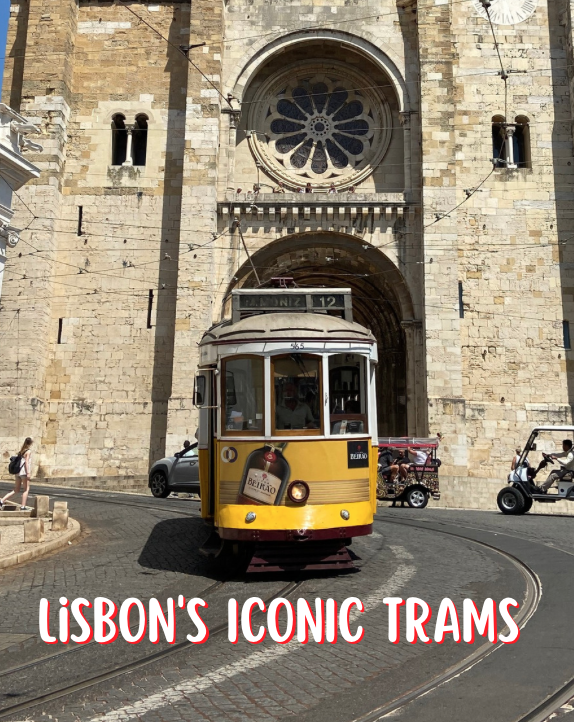






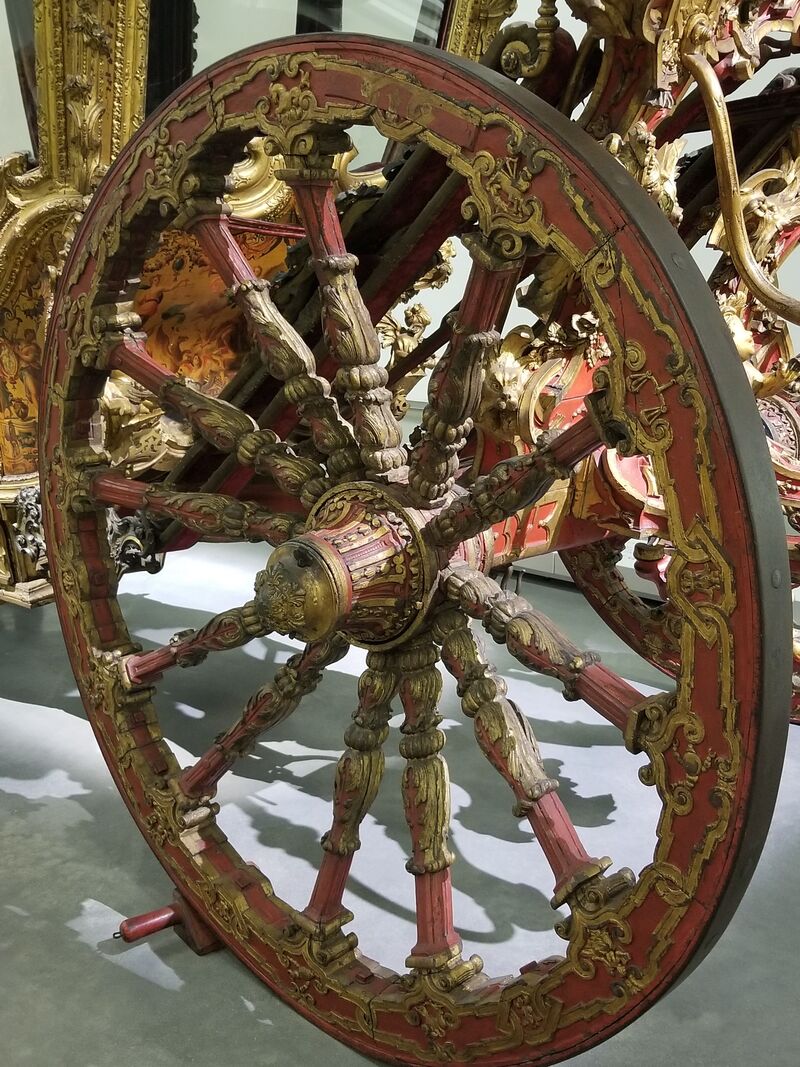

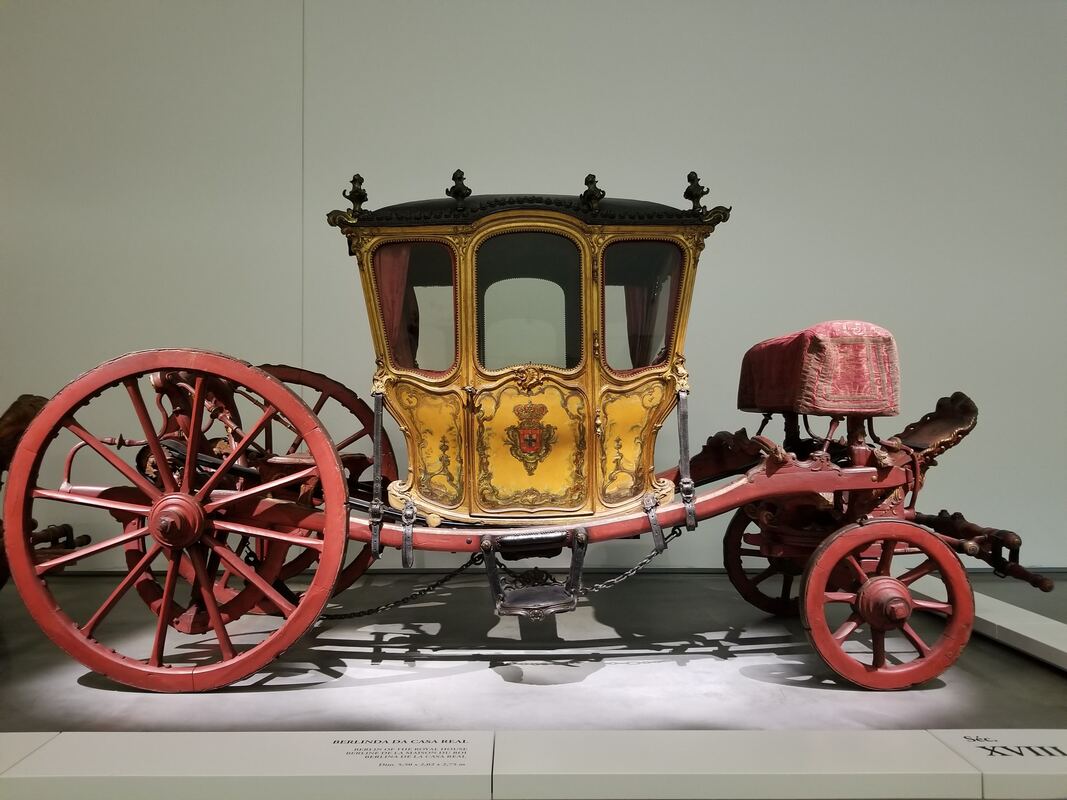
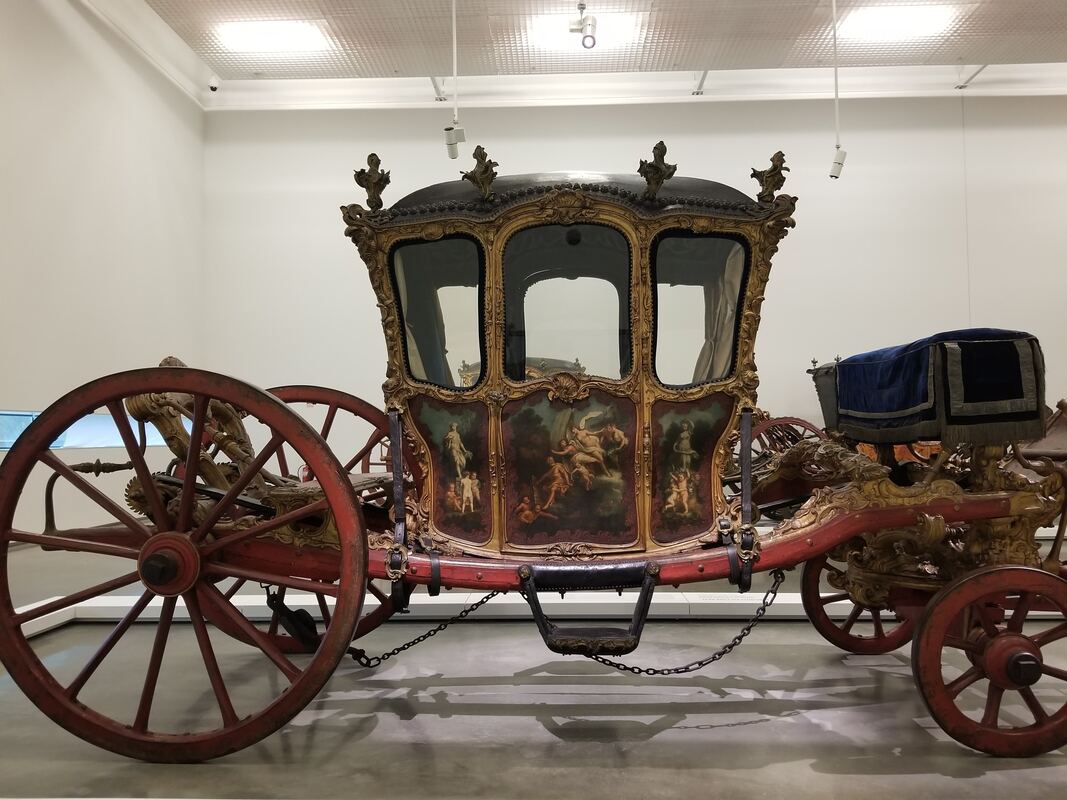


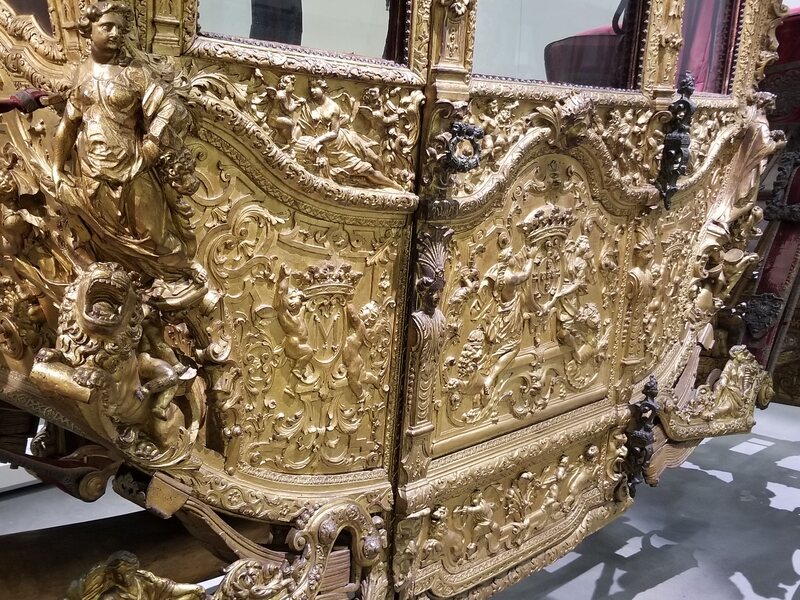





















 RSS Feed
RSS Feed